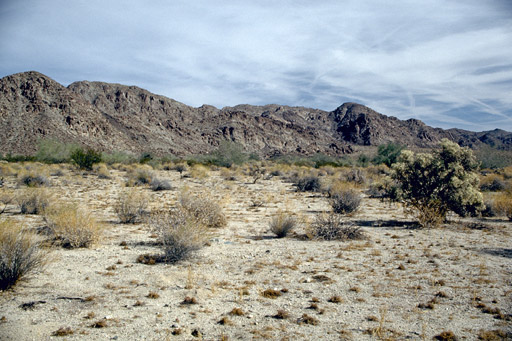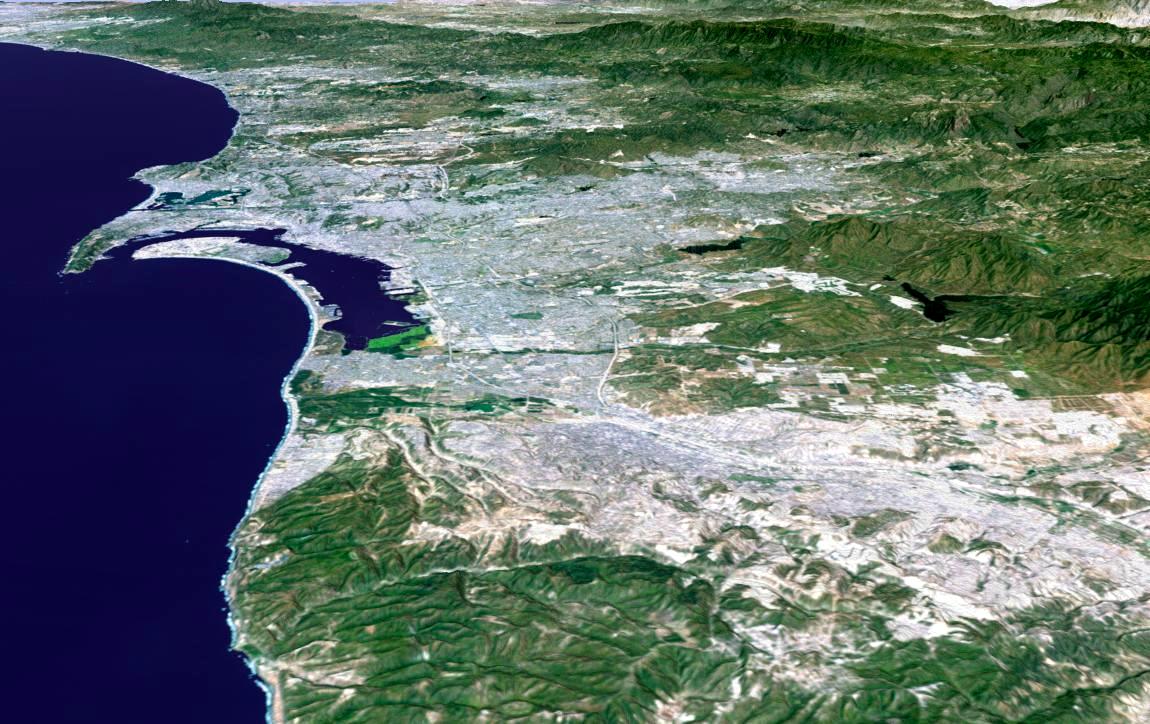|
Ethmia Geranella
''Ethmia geranella'' is a moth in the family Depressariidae first described by William Barnes and August Busck in 1920. It is known only from the United States in the western edge of the Colorado Desert in California's San Diego County and the Ivanpah Mountains of the eastern Mojave Desert. The length of the forewings is about . The ground color of the forewings is whitish, more or less uniformly irrorated (speckled) with scattered brown scales. The ground color of the hindwings is uniform pale brownish. Adults have been recorded in October. The larvae probably feed on ''Phacelia ''Phacelia'' (phacelia, scorpionweed, heliotrope) is a genus of about 200 species of annual or perennial herbaceous plants in the borage family, native to North and South America. California is particularly rich in species with over 90 record ...'' species. References Moths described in 1920 geranella {{Ethmiinae-stub ... [...More Info...] [...Related Items...] OR: [Wikipedia] [Google] [Baidu] |
William Barnes (entomologist)
William David Barnes (September 3, 1860 – May 1, 1930, Decatur, Illinois) was an American entomologist and surgeon. He was the son of Dr. William A. and Eleanor Sawyer Barnes. He graduated salutatorian from the Decatur High School in 1877. Then spent a year at Illinois State University followed by a year at University of Illinois at Urbana–Champaign. In 1879, he entered Harvard Medical School and graduated in 1886. While at Harvard, he met naturalist Louis Agassiz and his love of Lepidoptera grew. Agassiz taught him how to preserve and classify the butterflies. He completed an internship at Boston City Hospital and then studied abroad in Heidelberg, Munich, and Vienna. In 1890, Dr. Barnes came home to Decatur and opened his medical practice. That same year he married Charlotte L. Gillette. The couple had two children: William Barnes Jr., and Joan Dean Gillett Barnes. He was one of the founders of Decatur Memorial Hospital. Barnes served as its president until his death. Durin ... [...More Info...] [...Related Items...] OR: [Wikipedia] [Google] [Baidu] |
August Busck
Augustus Busck (February 18, 1870 – March 7, 1944) was a Danish-American entomologist with the United States Department of Agriculture's Bureau of Entomology. He is best known for his work with microlepidoptera, of which he described over 600 species. His collections of Lepidoptera from North America and the Panama Canal Zone are held by the National Museum of Natural History in Washington, D.C. Publications Busck authored and co-authored over 150 papers, among them: * 1902: A list of the North American Lepidoptera and key to the literature of this order of insects. Harrison Gray Dyar Jr.; assisted by Charles H. Fernald, Ph.D., the late Rev. George Duryea Hulst, and August Busck. ''Bulletin of the United States National Museum'': 52. * 1911: Descriptions of tineoid moths (Microlepidoptera) from South America. ''Proceedings of the United States National Museum'', Volume 40, Issue: 1815:205–230. * 1915: with Lord Walsingham, Volume IV (1909–1915) of ''Biologia ... [...More Info...] [...Related Items...] OR: [Wikipedia] [Google] [Baidu] |
Moth
Moths are a paraphyletic group of insects that includes all members of the order Lepidoptera that are not butterflies, with moths making up the vast majority of the order. There are thought to be approximately 160,000 species of moth, many of which have yet to be described. Most species of moth are nocturnal, but there are also crepuscular and diurnal species. Differences between butterflies and moths While the butterflies form a monophyletic group, the moths, comprising the rest of the Lepidoptera, do not. Many attempts have been made to group the superfamilies of the Lepidoptera into natural groups, most of which fail because one of the two groups is not monophyletic: Microlepidoptera and Macrolepidoptera, Heterocera and Rhopalocera, Jugatae and Frenatae, Monotrysia and Ditrysia.Scoble, MJ 1995. The Lepidoptera: Form, function and diversity. Oxford, UK: Oxford University Press; 404 p. Although the rules for distinguishing moths from butterflies are not well est ... [...More Info...] [...Related Items...] OR: [Wikipedia] [Google] [Baidu] |
Depressariidae
Depressariidae is a family of moths. It has formerly been treated as a subfamily of Gelechiidae, but is now recognised as a separate family, comprising about 2,300 species worldwide.Heikkilä, M. ''et al''. 2014: Morphology reinforces proposed molecular phylogenetic affinities: a revised classification for Gelechioidea (Lepidoptera). ''Cladistics'', 30(6): 563-589. Subfamilies Depressariidae consists of ten subfamilies: * Acriinae * Aeolanthinae * Cryptolechiinae * Depressariinae * Ethmiinae * Hypercalliinae * Hypertrophinae * Oditinae * Peleopodinae * Stenomatinae The Stenomatinae are a subfamily of small moths in the family Depressariidae. Taxonomy and systematics * '' Agriophara'' Rosenstock, 1885 * '' Amontes'' Viette, 1958 * '' Anadasmus'' Walsingham, 1897 * '' Anapatris'' Meyrick, 1932 * ''Antaeotri ... References Moth families {{Gelechioidea-stub ... [...More Info...] [...Related Items...] OR: [Wikipedia] [Google] [Baidu] |
Species Description
A species description is a formal description of a newly discovered species, usually in the form of a scientific paper. Its purpose is to give a clear description of a new species of organism and explain how it differs from species that have been described previously or are related. In order for species to be validly described, they need to follow guidelines established over time. Zoological naming requires adherence to the ICZN code, plants, the ICN, viruses ICTV, and so on. The species description often contains photographs or other illustrations of type material along with a note on where they are deposited. The publication in which the species is described gives the new species a formal scientific name. Some 1.9 million species have been identified and described, out of some 8.7 million that may actually exist. Millions more have become extinct throughout the existence of life on Earth. Naming process A name of a new species becomes valid (available in zo ... [...More Info...] [...Related Items...] OR: [Wikipedia] [Google] [Baidu] |
Colorado Desert
California's Colorado Desert is a part of the larger Sonoran Desert. It encompasses approximately , including the heavily irrigated Coachella and Imperial valleys. It is home to many unique flora and fauna. Geography and geology The Colorado Desert is a subdivision of the larger Sonoran Desert encompassing approximately . The desert encompasses Imperial County and includes parts of San Diego County, Riverside County, and a small part of San Bernardino County, California, United States. Most of the Colorado Desert lies at a relatively low elevation, below , with the lowest point of the desert floor at below sea level, at the Salton Sea. Although the highest peaks of the Peninsular Ranges reach elevations of nearly , most of the region's mountains do not exceed . In this region, the geology is dominated by the transition of the tectonic plate boundary from rift to fault. The southernmost strands of the San Andreas Fault connect to the northernmost extensions of the East P ... [...More Info...] [...Related Items...] OR: [Wikipedia] [Google] [Baidu] |
San Diego County
San Diego County (), officially the County of San Diego, is a county in the southwestern corner of the U.S. state of California. As of the 2020 census, the population was 3,298,634, making it California's second-most populous county and the fifth-most populous in the United States. Its county seat is San Diego, the second-most populous city in California and the eighth-most populous city in the United States. It is the southwesternmost county in the 48 contiguous United States, and is a border county. It is also home to 18 Native American tribal reservations, the most of any county in the United States. San Diego County comprises the San Diego-Chula Vista-Carlsbad, CA Metropolitan Statistical Area, which is the 17th most populous metropolitan statistical area and the 18th most populous primary statistical area of the United States as of July 1, 2012. San Diego County is also part of the San Diego–Tijuana transborder metropolitan area, the largest metropolitan area sh ... [...More Info...] [...Related Items...] OR: [Wikipedia] [Google] [Baidu] |
Ivanpah Mountains
The Ivanpah Mountains are located in the southeastern Mojave Desert of California in the United States. The range lies to the south and east of the Mescal Range and Clark Mountain Range. Paute Valley lies between the Ivanpahs and the Mescal Range and Wheaton Wash lies between the Ivanpahs and the Clark Mountains to the north. Interstate 15 traverses the Wheaton Wash to the north of the Ivanpahs. The Ivanpah Valley lies to the southeast with the New York Mountains beyond. The mountains lie in a general southwest-northeasterly direction, however Mineral Hill in the northeast part of the range lies at right angles to this trend.''Ivanpah, California—Nevada,'' 30x60 Minute Topographic Quadrangle, USGS, 1985 The mountains have had a rich mining history and are home to the Morning Star, Kokoweef, and Allured Mines among numerous others mostly worked in the late 19th and early 20th centuries. The southern part of the range lies in the Mojave National Preserve Mojave National Pre ... [...More Info...] [...Related Items...] OR: [Wikipedia] [Google] [Baidu] |
Mojave Desert
The Mojave Desert ( ; mov, Hayikwiir Mat'aar; es, Desierto de Mojave) is a desert in the rain shadow of the Sierra Nevada mountains in the Southwestern United States. It is named for the indigenous Mojave people. It is located primarily in southeastern California and southwestern Nevada, with small portions extending into Arizona and Utah. The Mojave Desert, together with the Sonoran, Chihuahuan, and Great Basin deserts, forms a larger North American Desert. Of these, the Mojave is the smallest and driest. The Mojave Desert displays typical basin and range topography, generally having a pattern of a series of parallel mountain ranges and valleys. It is also the site of Death Valley, which is the lowest elevation in North America. The Mojave Desert is often colloquially called the "high desert", as most of it lies between . It supports a diversity of flora and fauna. The desert supports a number of human activities, including recreation, ranching, and military training ... [...More Info...] [...Related Items...] OR: [Wikipedia] [Google] [Baidu] |
Phacelia
''Phacelia'' (phacelia, scorpionweed, heliotrope) is a genus of about 200 species of annual or perennial herbaceous plants in the borage family, native to North and South America. California is particularly rich in species with over 90 recorded in the region. The genus is traditionally placed at family rank with the waterleafs ( Hydrophyllaceae) in the order Order, ORDER or Orders may refer to: * Categorization, the process in which ideas and objects are recognized, differentiated, and understood * Heterarchy, a system of organization wherein the elements have the potential to be ranked a number of d ... Boraginales. The Angiosperm Phylogeny Group, recognizing that the traditional Boraginaceae and Hydrophyllaceae are paraphyletic with respect to each other, merges the latter into the former and considers the family Basal (phylogenetics), basal in the Euasterids I clade. Other botanists continue to recognize the Hydrophyllaceae and Boraginales after analysing the secondary ... [...More Info...] [...Related Items...] OR: [Wikipedia] [Google] [Baidu] |
Moths Described In 1920
Moths are a paraphyletic group of insects that includes all members of the order Lepidoptera that are not butterflies, with moths making up the vast majority of the order. There are thought to be approximately 160,000 species of moth, many of which have yet to be described. Most species of moth are nocturnal, but there are also crepuscular and diurnal species. Differences between butterflies and moths While the butterflies form a monophyletic group, the moths, comprising the rest of the Lepidoptera, do not. Many attempts have been made to group the superfamilies of the Lepidoptera into natural groups, most of which fail because one of the two groups is not monophyletic: Microlepidoptera and Macrolepidoptera, Heterocera and Rhopalocera, Jugatae and Frenatae, Monotrysia and Ditrysia.Scoble, MJ 1995. The Lepidoptera: Form, function and diversity. Oxford, UK: Oxford University Press; 404 p. Although the rules for distinguishing moths from butterflies are not well est ... [...More Info...] [...Related Items...] OR: [Wikipedia] [Google] [Baidu] |






